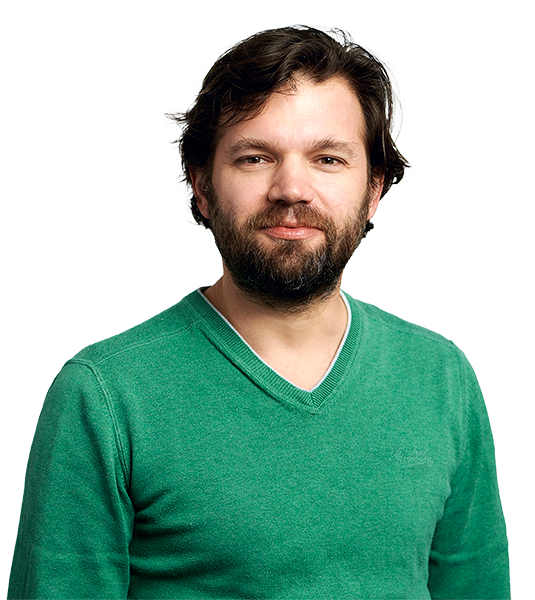In terms of sustainability, what do you consider the most pressing issues for science?
I still see interdisciplinarity as one of the biggest challenges. Sustainability in itself is an interdisciplinary field, and is viewed and practiced as such. But to put it provocatively, you could say that interdisciplinarity has developed into a discipline in its own right within the field of sustainability. This, in turn, makes true interdisciplinarity more difficult.
What does interdisciplinarity mean to you?
For me, interdisciplinarity means people with different disciplinary expertise working together without losing their own expertise. Bringing together specialized knowledge to solve an overarching problem demands harmonization of perspectives and goals around a common denominator, focusing on what’s most essential, and finding a language to communicate with the others involved. At the same time, the work should still meet the respective standards of disciplinary science. This is not an easy balancing act. What’s more, each discipline typically actively seeks to differentiate itself from the others.
CDE is an institution that truly tries to address this challenge and provides good examples of how it can work. Nevertheless, interdisciplinarity still remains challenging.
What other challenges do you think CDE faces?
One issue is the institutional distinction between CDE and the Wyss Academy for Nature – at least as perceived from the outside. In my view, there’s still a need to clarify how the institutions differ and why both are needed. Further, the role of the CDE Board should shift somewhat in the direction of a content-focussed forum for strategic discussion.
What’s the first thing you wish to achieve as the new president?
Get the new Board up and running and clarify its role.
